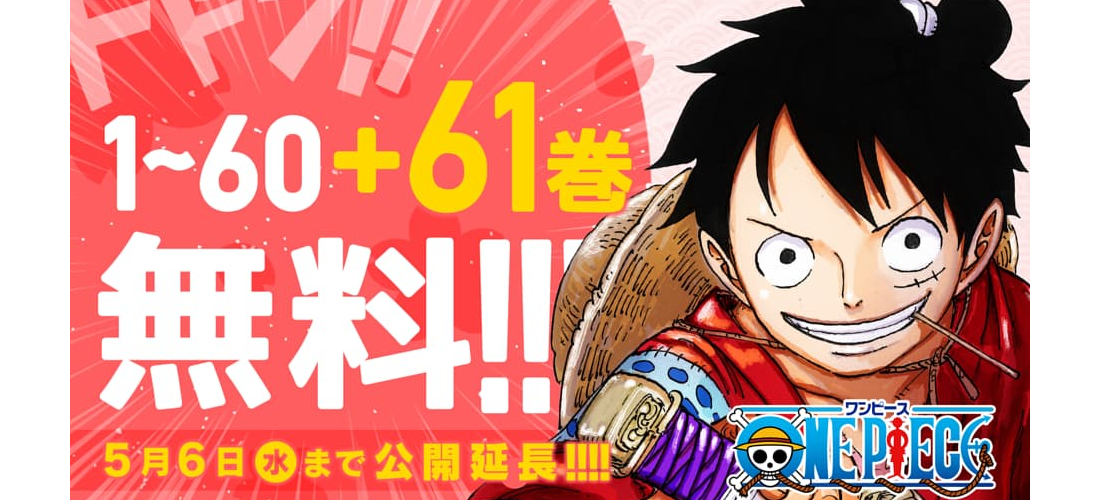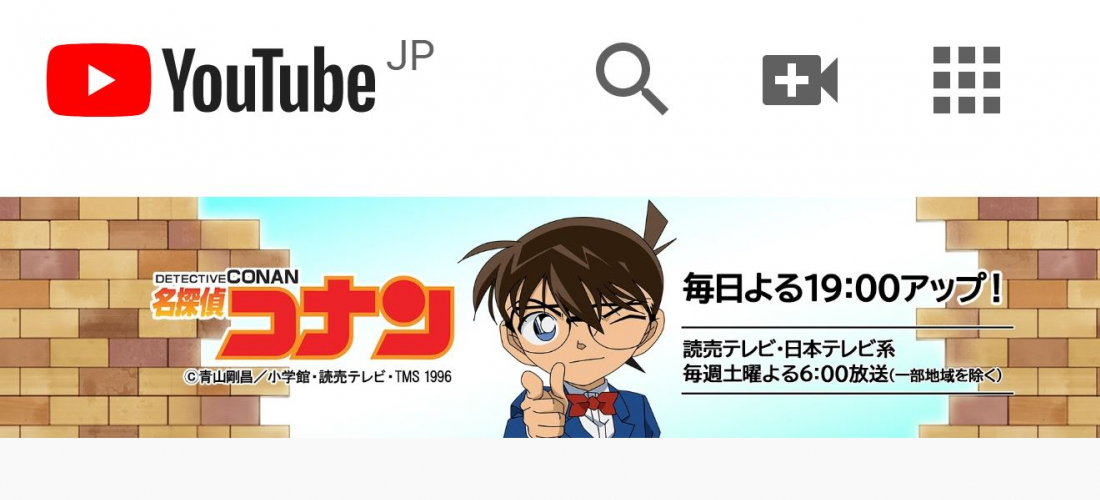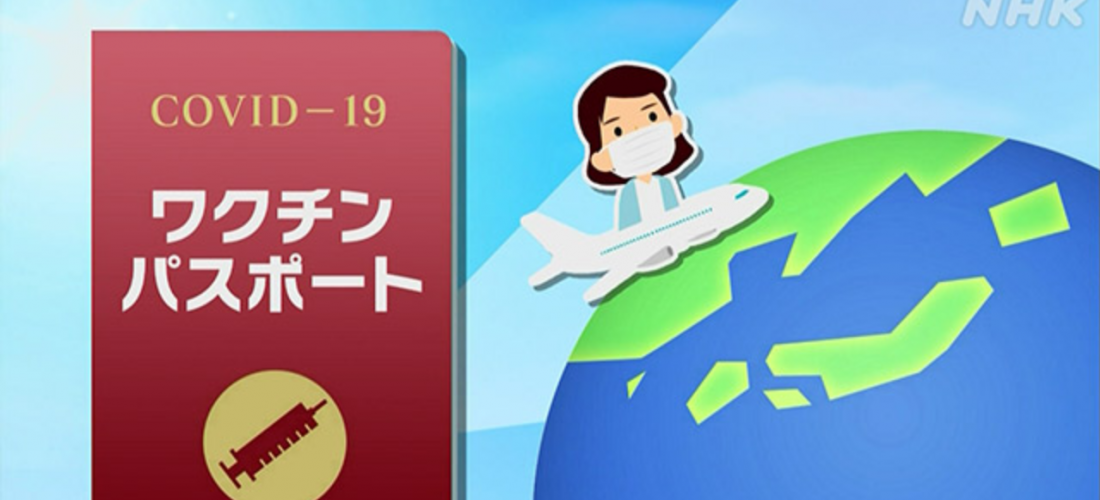CONTENTS
The Japanese government is handing out 100,000 yen to every resident in Japan, foreigners included, so here’s how to get your coronavirus stimulus check.
With the onslaught of coronavirus continuing through Japan, the effects on the health of both thousands of Japanese people, and the Japanese economy, are clear. The unrelenting situation has pushed Prime Minister Abe to follow the lead of a number of countries around the world, issuing a stimulus check to every resident of Japan (walking back a previous plan to send 300,000 yen only to households most affected). According to an announcement on the official Japanese Ministry of Internal Affairs and Communications page, this "special fixed payment" (特別定額給付金) will be available to any resident who applies, both Japanese nationals and foreign residents. Here's what you need to know to get your 100,000 yen.
Who can receive the 100,000 yen from the government? Are foreigners really eligible?
The most important point is that you must be registered as a local resident with the government in Japan by 4/27 to be eligible to apply for benefits. This includes both Japanese nationals and also foreign residents who have a residence permit of 3 months or longer.
How do I apply? Where do I apply?
While in-person applications are not impossible, the government is limiting this option to avoid spreading infection. That means that the main methods to apply are by mail and online. Just one application per-household needs to be sent in, so families shouldn't have to fill out multiple applications.
① By Mail
All legal residents of Japan should get the paper application form sent directly to their address (in the case of foreign residents, this is the most recent address on your residence card). Alongside the form, you'll have to send in a copy of some form of personal ID along with bank information where they can send the money.
② Online
Anybody who has a My Number card with IC chip can apply online via the Myna Portal website, the official government website for the My Number card. Applying online requires either an IC card reader or a cellphone with an NFC reader function. Note: the green, paper My Number notification cards will not work for this method. Only plastic My Number cards with embedded IC chips will work.
The Japanese Myna Portal home page looks like this. While they also have an English home page, the latest reports say that they're still "considering adding an English application page", so it doesn't seem very likely at this time.
If you only have a My Number "notification card" (通知カード), those are insufficient for online applications.
When can I apply?
While the exact start date is still being decided, an NHK report explained that due to all the preparations that need to be undertaken by local governments, the process is unlikely to start before next month, May 2020. Since it's looking like the application period will be 3 full months from the announced starting date, however, applicants should probably just keep an eye on the mail slot and begin the application process whenever their paper application arrives. For the official start date, check back with Japankuru!
What if I don’t have a bank account?
Ideally, this process will be completely undertaken remotely to avoid spreading infection. But residents who do not have a personal bank account, or those who lack access to financial institutions, will be able to apply via the local government and subsequently receive their special fixed payment through their local government institutions.
Beware of scams!
According to online Japanese publication IT Media News, a number of people around Japan have already reported receiving fraudulent letters trying to obtain personal information and bank account numbers under the guise of applications from the government. Please pay close attention to what arrives at your door, and make sure it's not a scam! The official application and any related documents, whether they come from local government or directly from the Ministry of Internal Affairs and Communications, will not require you to pay any handling fees, provide any passwords, or do anything for them at the ATM. In fact, according to the same NHK report as above, the real application should already have the recipients' names, dates of birth, and the payment amount printed on the form when it arrives. If you receive anything else, or anything that seems suspicious, call up your local government and check with them before filling out and sending anything!
You can see an example of the fraudulent e-mails people have already been receiving in the tweet below. ↓
給付金10万円についての詐欺メールがすでに始まっていますので、皆様ご注意下さい。#給付金 #詐欺 pic.twitter.com/0wZYp2f3U7
— Asagi Caro (@asagi_caro) April 17, 2020
This picture from the NHK report shows a sample of the official application forms. Check to make sure your name and birthday (along with those of any family members') are all printed accurately on the form, like you can see inside the yellow box above.
Check back for more news updates from Japankuru. And if you have any questions, or any updates to share, comment or send us a message on the Japankuru twitter, instagram, and facebook.
The latest news from Japan - learn what's new in the land of the rising sun, from an international group right on the scene.
COMMENT
FEATURED MEDIA
VIEW MOREMAP OF JAPAN
SEARCH BY REGION

LATEST
VIEW MOREEVENT CALENDAR
VIEW MOREMOST POPULAR
 Tokyo Winter Recommendation: Don’t Miss Tokyo Mega Illumination, Japan’s #1 Light Show
Tokyo Winter Recommendation: Don’t Miss Tokyo Mega Illumination, Japan’s #1 Light Show ป้ายยาสินค้าน่าซื้อในร้านขายยาญี่ปุ่น | KOWA ผลิตภัณฑ์เพื่อสุขภาพสำหรับคนยุคใหม่
ป้ายยาสินค้าน่าซื้อในร้านขายยาญี่ปุ่น | KOWA ผลิตภัณฑ์เพื่อสุขภาพสำหรับคนยุคใหม่ Okinawa Family Road Trip: Japanese Glasses Shopping at San-A Urasoe West Coast PARCO CITY, Discount Coupons, & Okinawa Sightseeing with JINS
Okinawa Family Road Trip: Japanese Glasses Shopping at San-A Urasoe West Coast PARCO CITY, Discount Coupons, & Okinawa Sightseeing with JINS

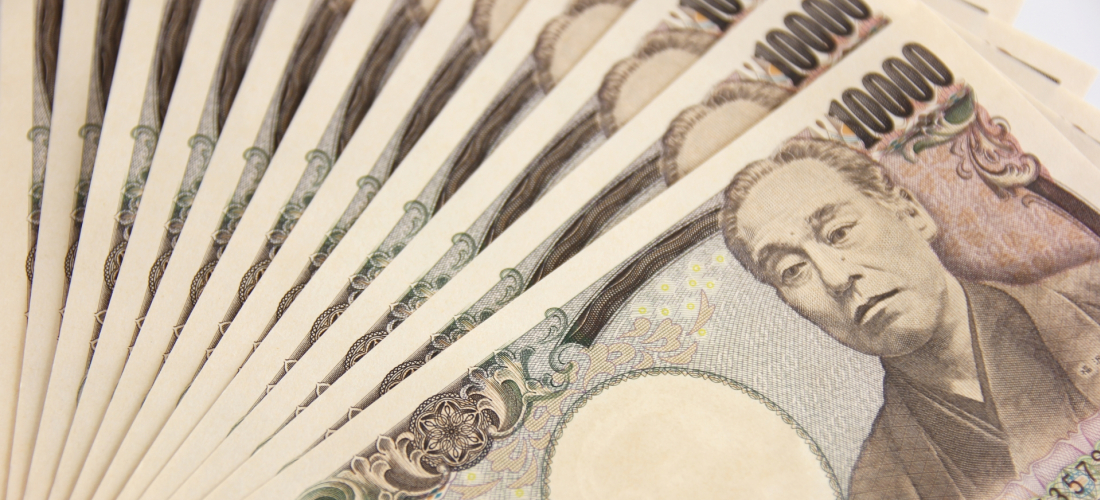

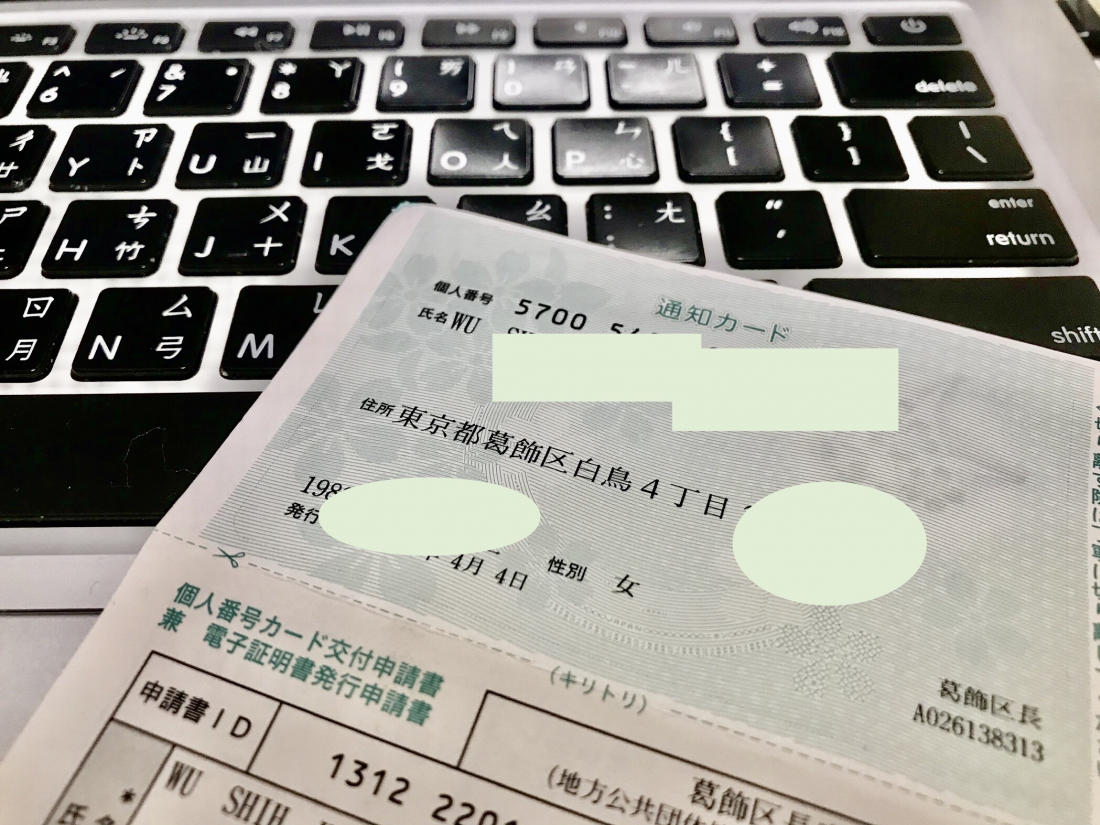
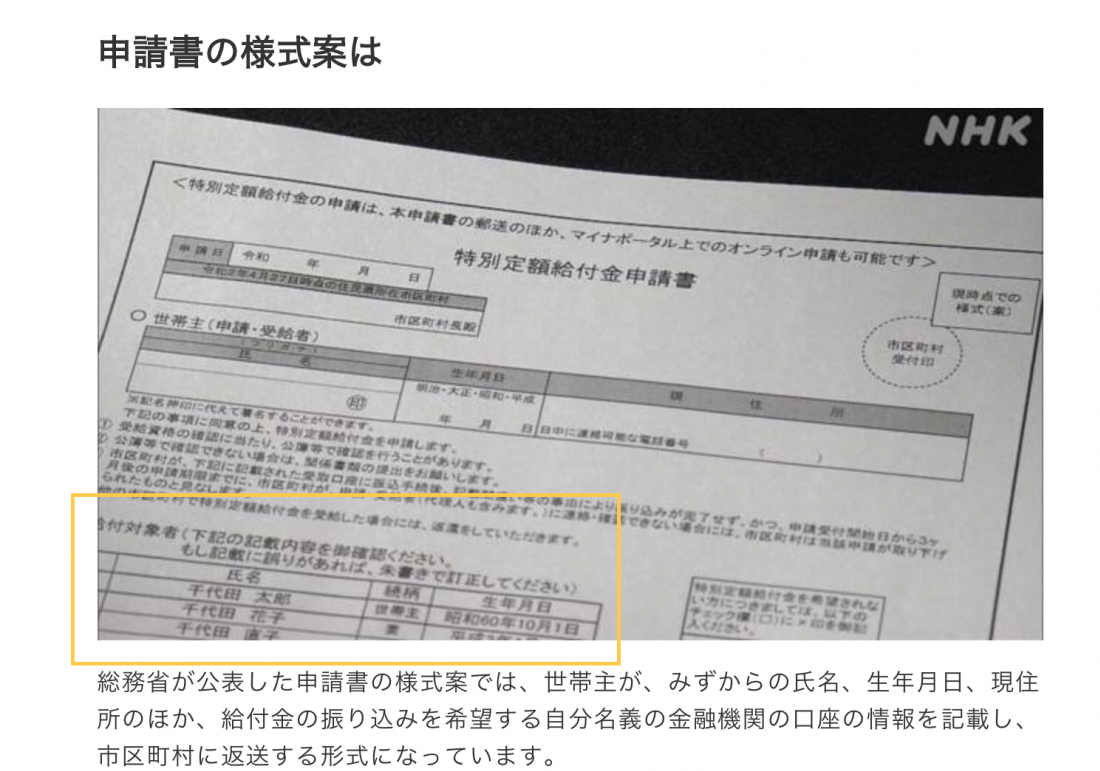




 >> Find out more at Japankuru.com! (link in bio)
#
>> Find out more at Japankuru.com! (link in bio)
#





 The Robot Restaurant is gone, but the Samurai Restaurant is here to take its place. Check it out, and don't forget your coupon!
The Robot Restaurant is gone, but the Samurai Restaurant is here to take its place. Check it out, and don't forget your coupon!
 신주쿠의 명소 로봇 레스토랑이 사무라이 레스토랑으로 부활! 절찬 쿠폰 발급중
신주쿠의 명소 로봇 레스토랑이 사무라이 레스토랑으로 부활! 절찬 쿠폰 발급중
 18歲以上才能入場的歌舞秀,和你想的不一樣!拿好優惠券去看看~
#tokyo #shinjuku #samurairestaurant #robotrestaurant #tokyotrip #도쿄여행 #신주쿠 #사무라이레스토랑 #이색체험 #할인이벤트 #歌舞伎町 #東京景點 #武士餐廳 #日本表演 #日本文化體驗 #japankuru #japantrip #japantravel #japanlovers #japan_of_insta
18歲以上才能入場的歌舞秀,和你想的不一樣!拿好優惠券去看看~
#tokyo #shinjuku #samurairestaurant #robotrestaurant #tokyotrip #도쿄여행 #신주쿠 #사무라이레스토랑 #이색체험 #할인이벤트 #歌舞伎町 #東京景點 #武士餐廳 #日本表演 #日本文化體驗 #japankuru #japantrip #japantravel #japanlovers #japan_of_insta
 코지마 x 빅 카메라 쿠폰으로 일본 가전 제품 쇼핑하기
#pr #japankuru #japanshopping #kojima #biccamera #japaneseskincare #yaman #dji #osmopocket3 #skincaredevice #日本購物 #美容儀 #相機 #雅萌 #日本家電 #일본여행 #면세 #여행꿀팁 #일본쇼핑리스트 #쿠폰 #일본쇼핑 #일본브랜드 #할인 #코지마 #빅카메라 #japankurucoupon
코지마 x 빅 카메라 쿠폰으로 일본 가전 제품 쇼핑하기
#pr #japankuru #japanshopping #kojima #biccamera #japaneseskincare #yaman #dji #osmopocket3 #skincaredevice #日本購物 #美容儀 #相機 #雅萌 #日本家電 #일본여행 #면세 #여행꿀팁 #일본쇼핑리스트 #쿠폰 #일본쇼핑 #일본브랜드 #할인 #코지마 #빅카메라 #japankurucoupon






























 Oita Hello Kitty Airport
Oita Hello Kitty Airport  Lands April 13th
Lands April 13th











